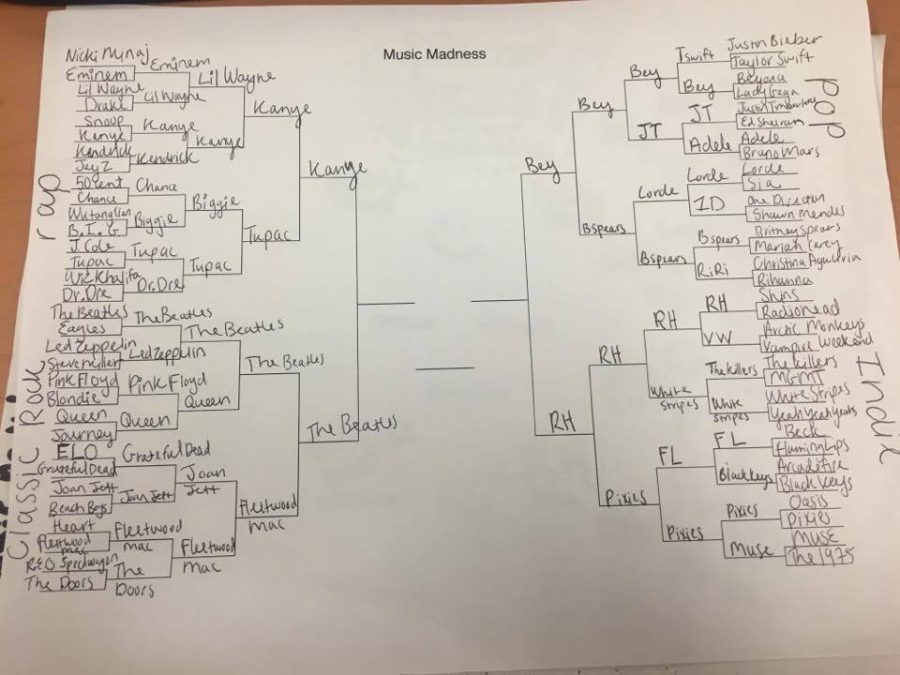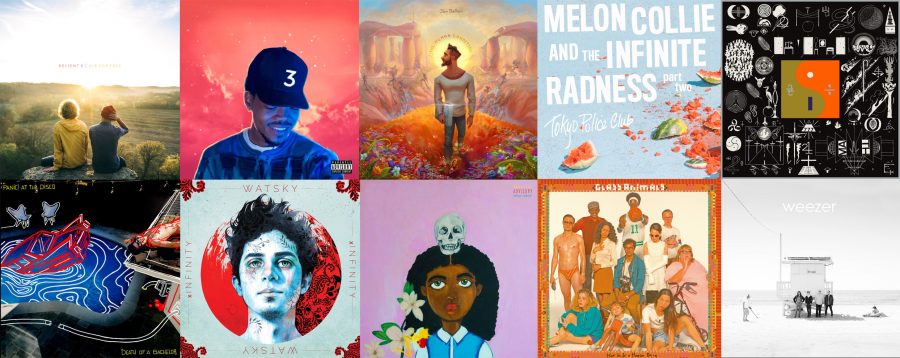
We live in a world of instant musical gratification. If I want to hear a song, it usually takes fewer than 30 seconds. I can blast an Old Crow Medicine Show album through my headphones in less time than it takes to say the band’s name.
But earlier this month, alternative music darling Beck announced his plan to slow down the way we consume and listen to music. He plans to release his new album, “The Beck Hansen’s Song Reader” as sheet music. With no digital file to be downloaded, pirated and remixed, the album is simply a song book in print, an idea so old, it’s new.
The album, consisting of twenty as-of-yet unreleased and unrecorded tracks, will debut this December and will be filled with full-color illustrations.
The song book’s artwork, including one illustration by Marcel Dzama, creator of the album art for Beck’s 2005 album, “Guero,” is reminiscent of the song books of classic American standards. It looks like the kind of book sitting on 1920s pianos as smiling families sing in unison.
Perhaps that is the vision Beck is trying to capture with this unconventional release. The decision evokes a time when the only way to listen to music was to create it yourself, when the artist who recorded the song didn’t define the style of the performance, and when music couldn’t be obtained and consumed in an instant.
With this release, Beck issues a challenge. The only way to experience the music is for musicians to bring the songs to life. It promises to generate countless versions of each song and keep the blogosphere abuzz as new artists take on Beck’s work. This presents an exciting new format that challenges what constitutes an album and how music can be distributed.
Beck is not the first artist to stray from a conventional album release. In fact, a growing trend of artists are finding interesting ways of getting their music to fans.
In 2007, Radiohead released its seventh studio album, “In Rainbows,” on its website, bypassing the control of record labels. The band made news by letting its fans decide what they wanted to pay for the digital download, prompting praise from fans and critics alike.
In many ways, Radiohead’s method is the opposite of what Beck plans to do in December. By giving fans instant access to the music and focusing on the album in its digital form, Radiohead’s digital-age choice seems far removed from Beck’s nostalgic book.
Both releases, however, share a new take on how to distribute music in which musicians take control not just of the music they create but of how it’s distributed and consumed. They have found new ways to spread their art, unbound by the conventions of CDs at Barnes and Noble and cheap downloads on iTunes.
While Radiohead’s and Beck’s decisions were big news in the music industry, they are far from the most unusual methods of releasing new music. In 2011, The Flaming Lips announced that they were going to encase a USB holding four new songs in a gummy skull. Yes, a translucent, jiggly skull.
Wayne Coyne, the psychedelic band’s frontman, told Pitchfork “it’s a life-sized human skull completely made out of edible gummy bear stuff. It also has a gummy brain inside of it and, inside of that, there’s a USB flash drive.” The lighthearted decision encapsulates the band’s trippy, unconventional style and provides fans with a snack while they listen to the songs.
These innovative albums promise to bring something new for music fans to hear and maybe even eat. The format that musicians use to get their music to listeners is itself becoming yet another way to for bands to assert identity and show people exactly what it is they love and value about music.






